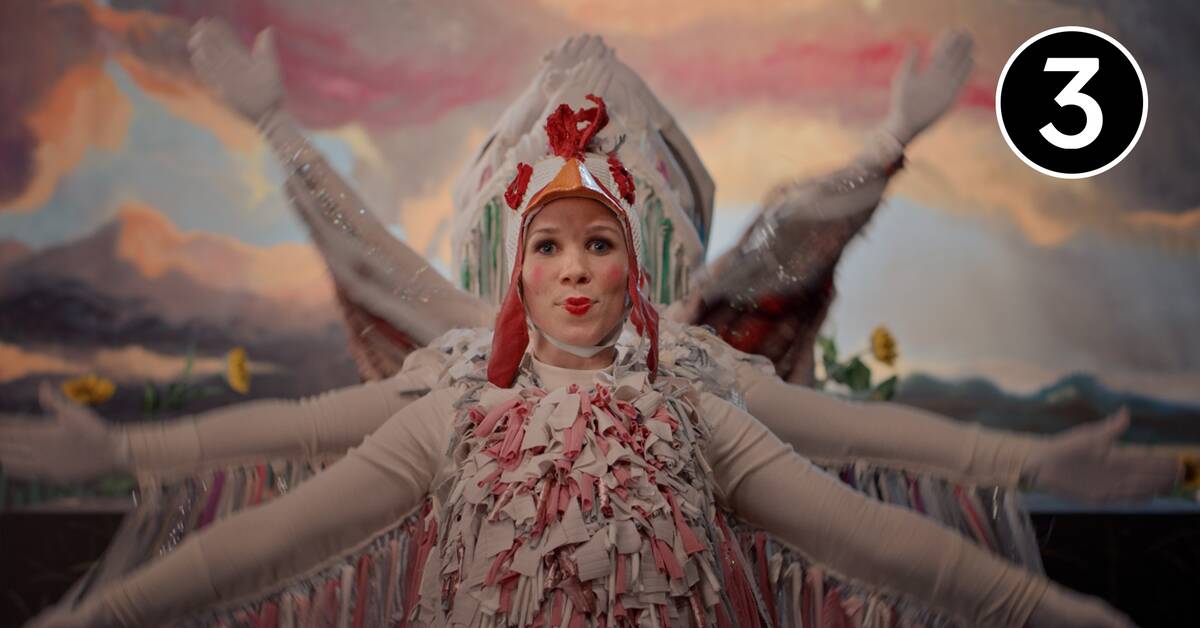A diorama is,
for example, a museum display that shows something constructed as a scene.
A Neanderthal on the hunt, a stuffed bear with a salmon in its mouth or why not the dusty mannequins at the Nordic Museum that celebrate Midsummer dressed in folk costumes with equally dusty, lacquered cream cakes?
Tuva Novotny's "Diorama" is a viewing cabinet where the passionate Frida and Björn are first in love, reproduce and then see their marriage crumble after three children, eternal cooking and too many waking nights.
In the same way
as in the hyper-realistic debut film "Blind spot" (made in a single shot), Novotny is close to everyday life.
Here through sinks, messy family dinners and gray office landscapes.
The scenes with Frida and Björn are unconventionally long, sometimes lengthy, but after a while other points emerge, such as embarrassing silences and a portrayed boredom.
That's where the similarities end with Novotny's feature film debut, and with most other films for that matter.
Diorama offers a meta-story about the relationship history of mankind, by comparing it with other species.
As a tribute to Isabella Rossellini's absurd film series "Green Porn", where the film icon eels around in kicks and teaches the sex life of grasshoppers, shrimp and flies, Novotny sets up Morgan Alling in awkward sorrel costume to talk about his loneliness after his sork wife left him.
In bright scenographies,
sometimes with musical numbers, she problematizes roosters' infidelity, vultures' lifelong couple relationships and engages with lion males' muscle building.
Fun of course!
But is it good?
Well… I would have liked her to be stricter with her material.
Cut harder, removed at least a layer of quirky narrator structure.
The scenes where Frida (Pia Tjelta) and Björn (David Dencik) reach the bottom and the love is turned into blind hatred, are touching and painfully comic, even if some reactions are incomprehensibly exaggerated.
They roar how much they hate each other and Björn has deliberately crashed the car and Frida's controlled surface cracks.
To then suddenly be thrown into a long and sluggish scene with a lioness who is lazy on her male is a strange and not very pleasant experience.
When the research team, led
by Katarina Gospic, gives a long lecture on dopamine levels and the significance of the gene set for lifelong fidelity, in museum scenography, I feel that the turns have been taken at the top.
The discarded theories and layers of meta-narration become too many.
To top it all, SVT's Ask the Doctor gets the last word and adds another question about free will that clashes with all the film's biological theories.
It IS fun that Tuva Novotny sees human relationships as an exhibition object, that she without trembling on the cuff lets silk monkeys and vultures talk about relationships.
But her sense of personal direction and the ability to observe human relationships unfortunately drowns in all the colorful and crazy.

